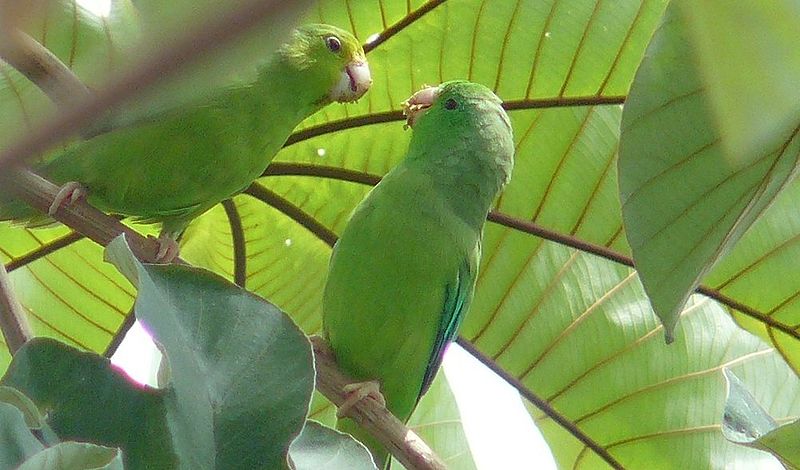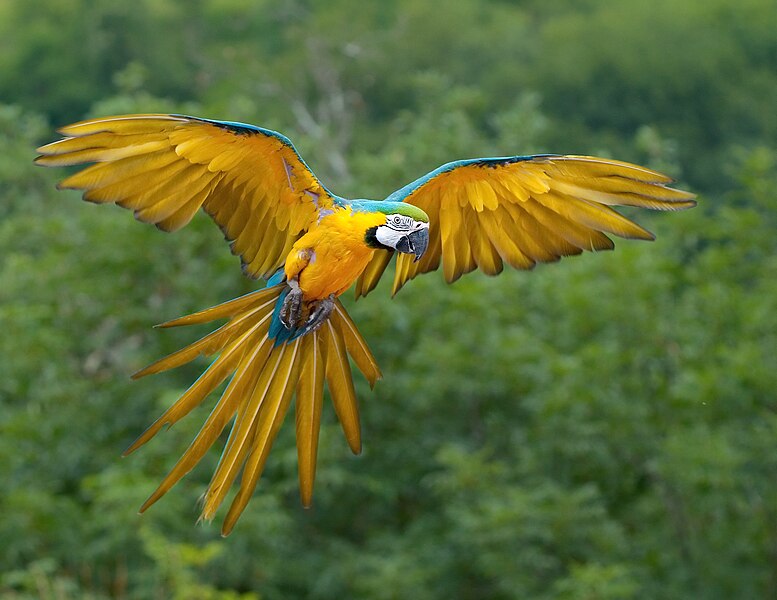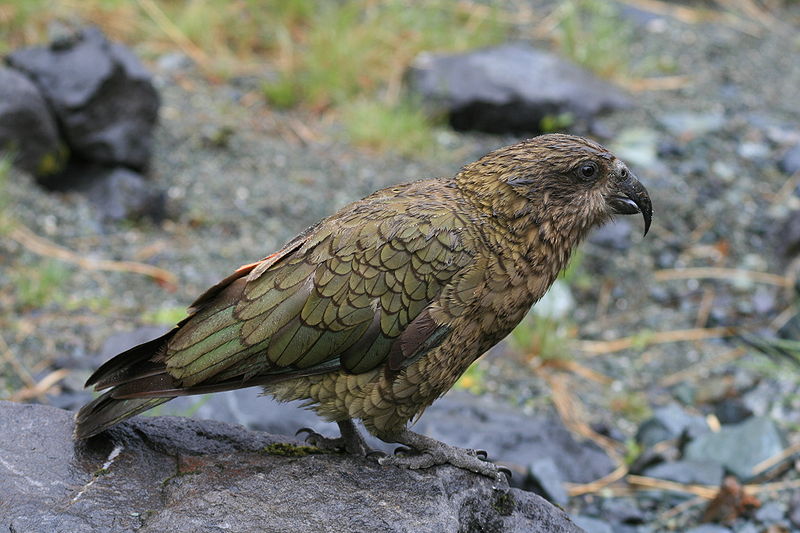The Parakeet, Budgerigar or “Budgie”, Melopsittacus undulatus, arrived on the European pet scene in 1840 and has since become one of the world’s most popular pets. However, perhaps because they are small and inexpensive, Budgies are sometimes not viewed as “real parrots” by their owners, and consequently are not given the chance to show off their many talents. In addition to being wonderful mimics, Budgies can learn a great variety of tricks…and seem to take pleasure in doing so!
Trust
Getting your pet to accept your presence, and then to be comfortable with your hand in its vicinity, is an essential first step in training. This is generally quite simple, as budgies are sociable by nature and rather miserable without human or avian company. Please see this article for more on basic care and creating trust. Read More »
 That Bird Blog – Bird Care and History for Pet Birds
That Bird Blog – Bird Care and History for Pet Birds




